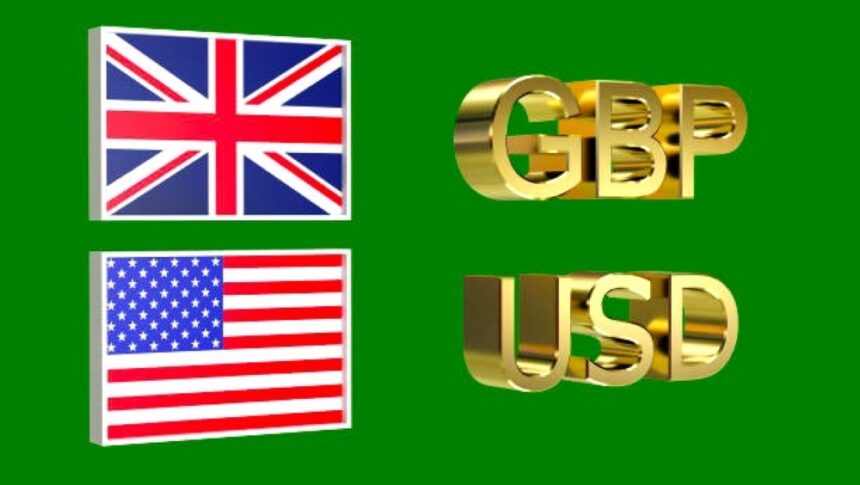The Pound Sterling (GBP) gained traction on Tuesday after the UK’s Office for National Statistics (ONS) released stronger-than-expected labor market figures for the three months ending June. The economy added 239K jobs, sharply higher than the 134K recorded in the prior three-month period ending May.
This marks a notable rebound in hiring momentum, especially after earlier indications suggested that employers were scaling back on workforce expansion due to higher social security contribution requirements, which increased to 15%.
The ILO Unemployment Rate remained steady at 4.7%, meeting expectations, while the Claimant Count Change for July showed a surprise drop of 6.2K, against forecasts of a 20.8K increase.
Wage Growth Slows Slightly but Remains Elevated
While the job market data was strong, Average Earnings revealed signs of slight moderation.
Excluding bonuses, wages rose 5% YoY, in line with expectations.
Including bonuses, the pace eased to 4.6%, slightly below the 4.7% forecast and the prior 5% reading.
Although wage growth remains above pre-pandemic averages, the slowdown supports the Bank of England’s (BoE) cautious approach. The central bank recently cut interest rates by 25 basis points to 4%, with policymakers emphasizing a “gradual and careful” path towards monetary easing.
Investors Shift Focus to Key Economic Data
Market attention is now turning to Thursday’s UK Preliminary Q2 GDP release and factory output data for June. Both will be crucial in gauging the economic trajectory amid the BoE’s recent rate cut.
In the near term, however, the US Consumer Price Index (CPI) for July due at 12:30 GMT is likely to dictate GBPUSD volatility.
Pound Flattens Ahead of US CPI
During the European session, GBPUSD traded around 1.3440, recovering from early losses. The US Dollar Index (DXY) hovered near a two-day high at 98.50, supported by cautious sentiment ahead of the CPI release.
Economists forecast US headline inflation to edge up to 2.8% YoY in July from 2.7%, while core CPI is seen rising to 3% from 2.9%. On a monthly basis, CPI and core CPI are expected at 0.2% and 0.3%, respectively.
A stronger-than-expected print could weigh on Pound by boosting the case for the Federal Reserve to keep rates higher for longer. Conversely, softer numbers would likely increase expectations of a September Fed rate cut.
Fed Policy Outlook Remains Data-Dependent
Recent remarks from Fed officials suggest a tilt towards prioritizing labor market health over persistent inflation concerns. Over the weekend, Fed Governor Michelle Bowman reiterated her expectation for three rate cuts in 2025, citing cooling job market conditions.
Geopolitical Developments Lend USD Stability
On the trade front, US-China relations showed signs of stability, with both countries agreeing to extend their tariff truce by 90 days. China’s Commerce Ministry pledged to reduce non-tariff barriers for US companies and to temporarily suspend adding certain US firms to restrictive trade lists.
Technical Analysis: GBPUSD Holds Above Key Support
On the daily chart:
Immediate support lies at 1.3410, followed by the 1.3365 zone, a key psychological and technical level.
Resistance is seen at 1.3485, with a break above opening the way toward 1.3520.
RSI remains in neutral territory around 54, suggesting consolidation rather than a strong directional bias.
Short-term price action indicates GBPUSD is in a holding pattern, with traders awaiting fresh catalysts from the US CPI and UK GDP data.
Conclusion
The Pound Sterling’s resilience stems from a stronger-than-expected UK jobs report, but the currency’s next decisive move will likely hinge on incoming inflation data from the US and growth figures from the UK. For now, GBP/USD remains range-bound, with macroeconomic releases this week set to determine whether the pair breaks higher or resumes its corrective pullback.
Disclaimer: This blog is for informational purposes only and does not constitute financial advice. Always conduct your own research and consult a professional advisor before making investment decisions.









